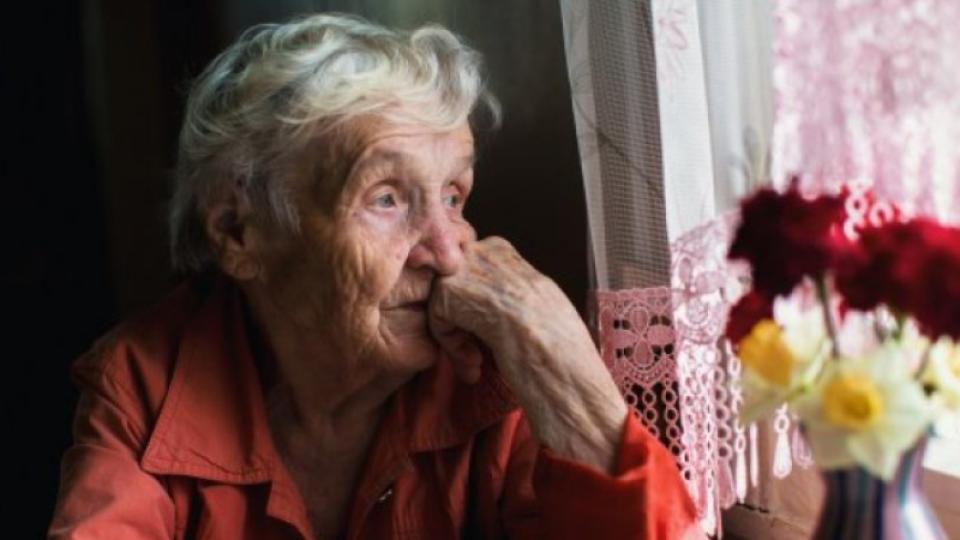Nationalise aged care homes and mandate staffing levels

The COVID-19 disaster in residential aged-care homes in Victoria and New South Wales is a tragedy, but it was waiting to happen because the system was set up to put profits first.
The main lesson from the disgraceful treatment of the elderly in the pandemic is that the privatisation of this essential health service must end.
Aged care homes need to be nationalised now to help stop the spread of COVID-19 and to give residents their health, safety and dignity back.
The deregulation of the aged care sector began after the introduction of the federal Aged Care Act 1997 allowed mandatory staffing ratios to be removed and for the aged-care workforce to be casualised. This has led to insufficient pay, with no entitlement to paid sick leave for the largely casual work force.
Big corporations such as Bupa and Estia Health, “approved providers”, are the behemoths of aged care: they own many aged care homes and make big profits while also receiving $1 billion each year from taxpayers, via the federal government.
These profit-gouging companies are not specialists in heath or aged care. The law stipulates that they are not required to employ a registered nurse to be on-site 24 hours a day.
In 2018, the Australian Nursing and Midwifery Federation (ANMF) commissioned the Tax Justice Network (TJN) to investigate possible tax avoidance by the for-profit aged-care companies.
It discovered that while Bupa received almost $7.5 billion in total income (2015–16), it only paid $105 million in tax on a taxable income of just $352 million.
It also found that Bupa’s Australian aged-care business made more than $663 million in 2017, with 70% ($468 million) coming from government funding.
While funding from government and resident fees increased in 2017, Bupa paid almost $3 million less to their employees and suppliers.
The TJN said then that it was difficult to get “a detailed and complete picture” of the extent of tax avoidance because “Australian law is not currently strong enough”.
But we know enough to know that for-profit aged-care companies are doing what they are set up to do.
Peter Rozen QC, who is assisting the commissioners looking into aged care, stated the system is not failing but is “operating as it was designed to operate”.
The Royal Commission into Aged Care Quality and Safety heard on August 10 that the rate of coronavirus deaths in Australia’s aged-care homes is among the highest in the world.
This is a shocking indictment of how a rich country treats its most vulnerable.
Rozen was scathing of New South Wales Health’s reluctance in May to allow infected residents to be moved out of Newmarch House, the aged care home operated by Anglicare, and into hospital care saying it was “intolerable”.
Newmarch House had become the epicentre of COVID-19 infections in NSW and families were so distressed at the authorities’ lack of action they resorted to giving the detail of their fear and frustration to the media.
In Victoria, a similar disaster has transpired since July as the active coronavirus cases for both patients and workers in aged care rises.
As of August 10, there have been at least 138 deaths linked to aged-care facilities in Victoria, including 171 cases linked to St Basil's Home for the Aged in Fawkner, where the entire workforce was placed in quarantine.
Only 180 of the 770 aged-care facilities are state owned and run. Only these have prescribed ratios of registered nurses to patients, and the security of a registered nurse on site 24 hours a day. In the privately-run facilities, sometimes a single nurse is required to supervise care for 100–200 elderly residents.
While private aged-care facilities are funded and regulated by the federal government, state governments need to stand up and stop them rorting the system and treating residents as cash cows.
The federal opposition has been characteristically quiet about reviewing the for-profit model. Its 2012 aged care “reform” package is credited with jumping on the Productivity Commission’s review of the aged-care system in 2011 and pushing the user-pays model with an emphasis on change, “choice” and “flexibility” for the “consumer”.
The only humane long-term solution is to put the aged-care system back into public hands. That would help ensure it can be properly regulated, with staffing ratios for nursing and non-nursing staff enforced.
As a councillor in the North-East Ward of Moreland City Council, where St Basil’s Home for the Aged is located, I’ve seen the distress as 20 elderly members of the Greek community have passed away. These residents did not need to die.
Aged-care homes should be about providing good quality care for residents. Last year’s interim report from the commission found the system failed to meet the needs of the elderly, and was “unkind and uncaring” towards them.
It also said the sector suffered from severe difficulties in recruiting and retaining staff, and that pay and conditions were poor and education and training patchy.
To get through this crisis safely, private aged-care homes must immediately be compelled to mandate professional staff-to-resident ratios.
In addition, steps must be taken now to nationalise the aged-care system and impose regulations to ensure the health and safety of all residents and workers, as the ANMF has said for years.
[Sue Bolton is a Socialist Alliance member and a councillor in Moreland in Victoria]